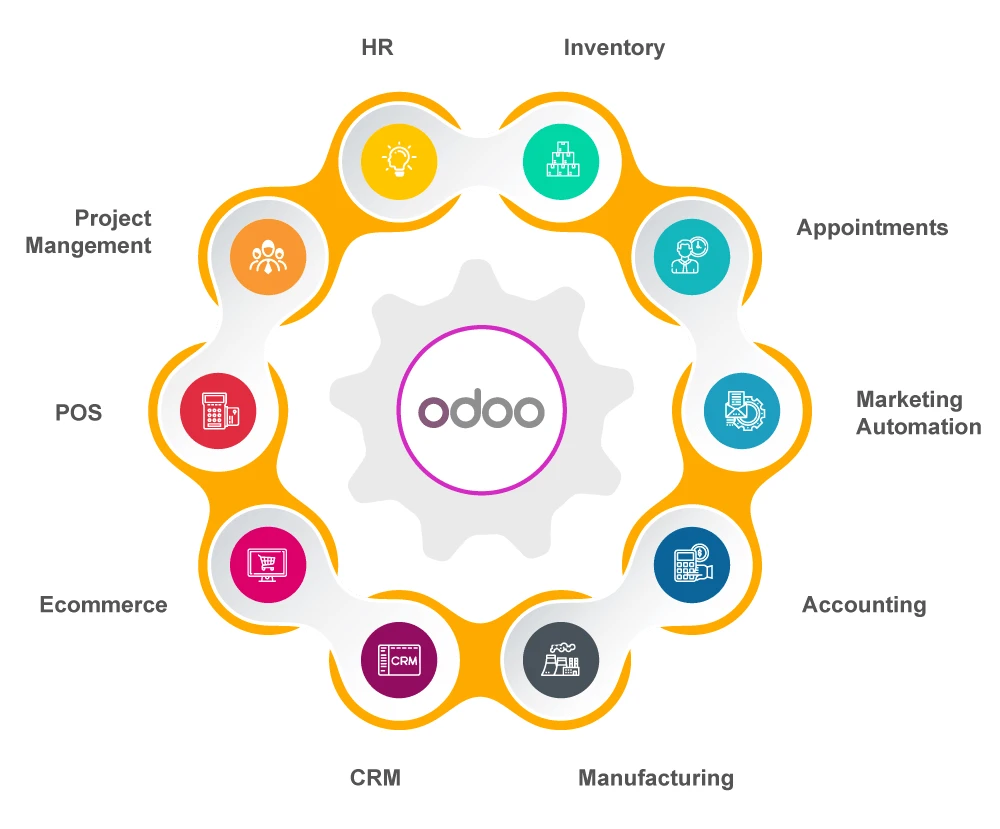The Importance of Business Analysis in Odoo Implementations

What is the biggest fear any business owner has? Navigating the complexities of the software realm to find something that would become an overhead.
Odoo is the beacon of hope that elevates your business efficiency while ensuring minimum loss. However, you will fail miserably if you embark on the Odoo implementation path without a defined vision or goals. It can lead to mismatched expectations and unmet requirements.
With over 69717 live Odoo-based websites, you want to ensure chances while integrating with the software. You must conduct a detailed business analysis to define a strategic framework that can help you understand business needs and challenges.
The Odoo consulting services for enterprise can help you identify the gaps between the off-the-shelf solution and your unique business needs. This can help you map the software for maximum conversions.
This article will help you understand the importance of business analysis before Odoo implementation.
Why You Must Conduct Business Analysis for Odoo Implementation?
Business analysis offers a strategic framework for you that can help with Odoo implementation. You can ensure the implementation matches the needs of your business and is aligned with the expectations.
#1 Know the Organizational Needs
Assess the business and conduct detailed stakeholder consultations that can help you understand the need for Odoo ERP. You must look at the entirety of the business to know the existing workflows and the pain points. You can also use detailed assessments to get insights into the shop floor processes.
The stakeholder assessment can help you understand various perspectives to a single software requirement. You will understand the workflow challenges, the difficulties team members are facing, and how you can achieve the goals with Odoo.
Using these insights on organizational needs expressed by your different teams can help determine clear objectives and requirements. it can also help you plan for tangible outcomes.
These needs can also help you plan a solution that is aligned with your organization’s requirements. Your strategic implementation plan will cover the pain points and workflow optimization requirements.
#2 Align Technology with Operations
Most businesses experience lost opportunities because of misaligned operations. You will notice that the biggest contributor is the gap between technical expertise and operational needs.
You can use business analysis to understand the two segments of the business. it will help you align the software implementation with the goals and objectives. You can also ensure that the tech needs to fulfill the operations of the business.
You must promote clear communication to ensure the Odoo ERP is successfully implemented. Your analysts can connect with the IT and operations teams individually and together to identify the issues they face.
The analyst team must have regular communication that will help everyone work towards the common goal.
Translating the tech jargon is equally important to close these gaps. Your analysts must break down the jargon for the operations team so that they can use the systems efficiently.
With the right solutions and proper alignment, your analysts can ensure that the gap between the technology implemented and the business operations is closed.
#3 Customizations and Configuration
Imagine customizing the Odoo ERP without considering the needs of your business. You may not be able to cater to the unique business needs. Additionally, you might overlook features that are important to your business.
Analysts can dig deeper into the business operations to understand the array of features you need. They will study the modules that are crucial for your business. Your analysts can also help understand the customizations you need for smooth integration with your business.
Business analysts will connect with the key business teams to understand their workflows and process requirements. This will also help them find suitable Odoo modules and configurations needed to fine tune the operations.
With the custom functionality, analysts can help the business teams be more efficient. They can help deliver custom workflows and third-party integrations to help accomplish tasks faster.
#4 Process Optimization and Best Practices
As a business analyst, it is crucial to understand the inefficiencies and opportunities within a process. Analysts must conduct detailed assessments of the current workflows to identify the bottlenecks and redundancies.
It is equally important to know the resources being wasted. You can also use the data-backed insights to identify opportunities to improve the processes and optimize your operations.
At the same time, analysis will help you determine the best practices to implement the ERP for organized operations. You can ensure that the document comprises the industry standards to help refine the workflows. Once you set up Odoo ERP using best practices, you will notice efficient processes. It will reduce the risks associated with manual intervention.
You can also use the best practices and optimized workflows to enable the best features. Analysts can map the features or functionality that can automate repetitive tasks and enhance collaborative solutions.
Continuous improvement can help businesses be more agile and deliver success.
Conclusion
Odoo ERP implementation will streamline your operations, close gaps between tech and operations, and offer efficient processes. However, to align the ERP with your business needs, you must set forth clear goals and objectives.
Detailed business analysis is the first step towards successful implementation. You can get direction and purpose for the implementation. It will also help customize the solution, optimize the processes, and implement best practices.
Business analysis will give you the guided framework that helps your business thrive in the competitive marketplace.